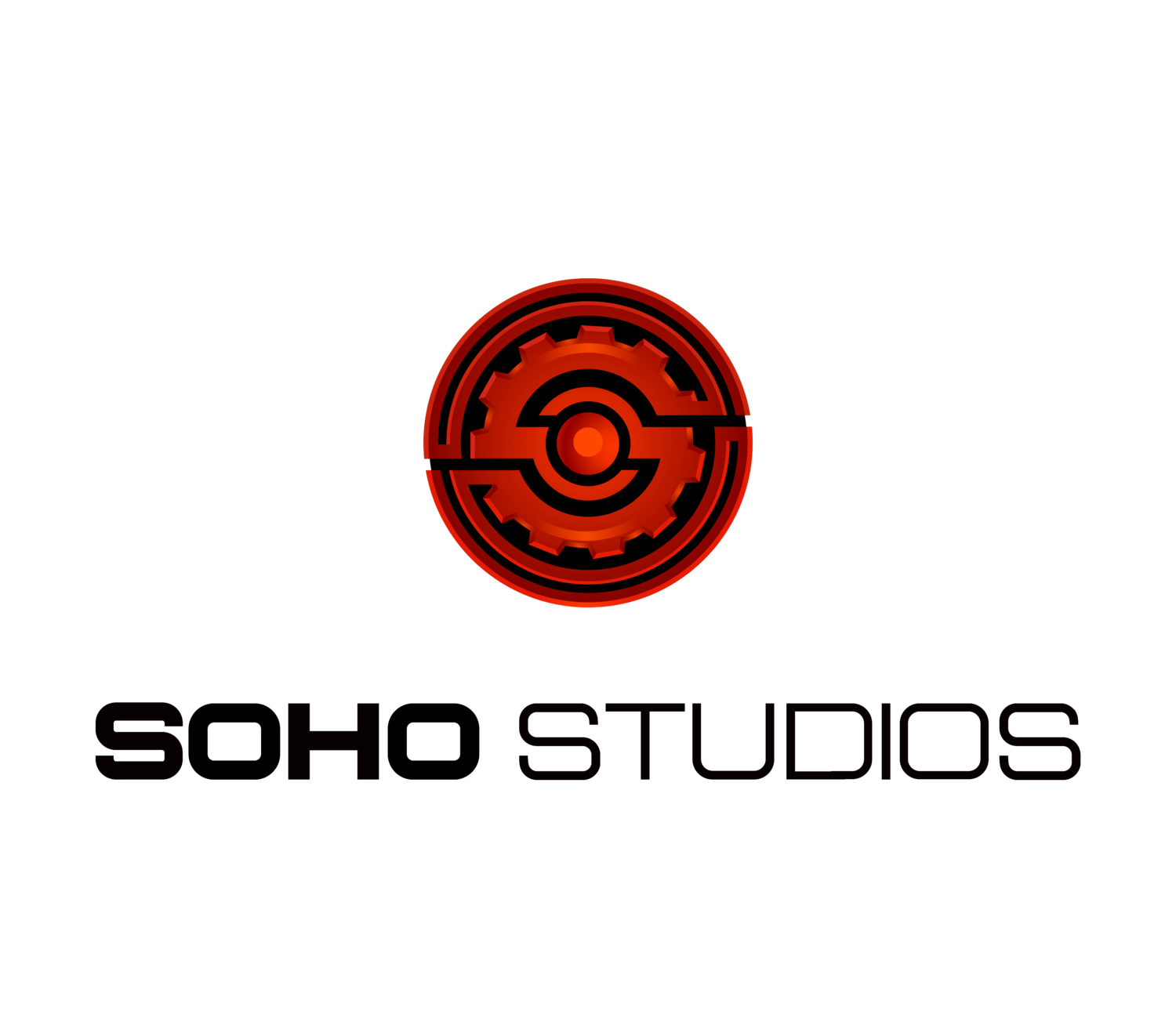Are anniversaries promotional? We’d like to think so. Nike’s shoe-inspired pop-ups have come a long way. Now, they’re extending into dynamic promotional territory with the brand’s “Sneakeasy” in promotion of its Nike Air Max. Air Max Day is a thing, and it’s been celebrated every year for the past four years. Highlighting the company’s past and present designs, Air Max Day is a much-celebrated event guaranteed to turn heads.
From East Coast to West Coast
In promotion of the Air Max’s 30 years of success, Nike’s Sneakeasy pop-up stand took an always-accessible approach. It traveled from New York City to Chicago, stopping in Toronto and Los Angeles on the way. Select locations featured the VaporMax model—which is one of the company’s newest, coveted, model.
Yeah, the event was based on R.S.V.P. interactions. That said, Nike’s interactive experiences don’t come cheap. Marketing real estate in New York, Los Angeles, Toronto and Chicago is top-tier, and the brand excelled in highlighting its strategy while throwing a rad party.
All About the Art
The Sneakeasy, while inherently a promotional stand, offered interactive art experiences. Hosting live music performances, curated exhibits and local influencers, the Sneakeasy was a one-stop culture shop for locals and travelers alike. The interactive Air Max display was, of course, the centerpiece. Alongside the Nike Air Max 1 Flyknit, the Nike Air VaporMax made quite an impact.
Nike pulled it off by showcasing its many innovations, remixes and re-releases. According to Matthew Kneller, Nike North America’s communications director, it was the brand’s first-ever stab at a speakeasy-inspired pop-up. Understandably, speakeasies and sports don’t always mix. By commodifying quality products, however, Nike succeeded in giving consumers full product access while retaining the classiness and intimacy of a true-blue speakeasy display.
An Unorthodox Event Space
The Sneakeasy’s event spaces are worth mentioning. At every destination, Nike planted its feet in urban locations to engage consumers. The Toronto Sneakeasy, for example, was established in an unoccupied Chinatown warehouse. While unorthodox, the location still garnered attention. Guests who procured golden tickets from Nike’s much-advertised Air Max Bus were given VIP access. At every location, interiors were inspired by the much-loved Air Mx 90 style. There were upside-down shoe portraits. There were benches. Yes, there were Nike-themed history displays. Nike relied on intelligent modern artists to pull off the look—and it worked.
The first Air Max shoe rolled out in 1987. This brand cornerstone was highlighted by Bryan Espiritu—an artist who created a “Tear down this wall” display in homage to President Ronald Reagan’s Berlin Wall speech. Nike is a brand of culture. Like all cultural displays, its anniversary paired class with a modern edge. It was memorable, serving as modern proof that anniversaries still have great marketing potential.




